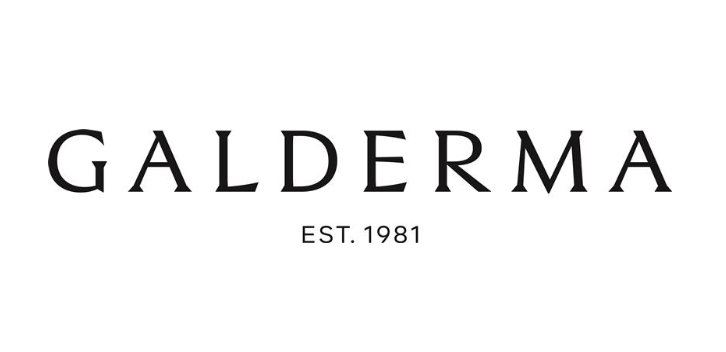No evidence for a primary dermal irritation was observed in rabbits following a single 24-hour cutaneous application of Rozex Cream to abraded and non-abraded skin, under occlusion.
Metronidazole has shown mutagenic activity in several in vitro bacterial assay systems. In addition, a dose-response increase in the frequency of micronuclei was observed in mice after intraperitoneal injection and an increase in chromosome aberrations have been reported in patients with Crohn's disease who were treated with 200 to 1200mg/day of oral metronidazole for 1 to 24 months. However, the preponderance of evidence from these studies suggests that although metronidazole has a potential for producing mutations, this should not occur in well oxygenated mammalian cells, i.e., under normal aerobic conditions.
The carcinogenicity of metronidazole by the oral route of administration has been evaluated in rats, mice and hamsters. These studies showed that oral metronidazole caused an increased incidence of pulmonary tumours in mice and possibly other tumours, including liver tumours, in the rat. Conversely, two lifetime studies in hamsters produced negative results. Moreover, one study showed a significant enhancement of UV-induced skin tumours in hairless mice treated with metronidazole intraperitoneally (15µg per g body weight and per day for 28 weeks).
Although the significance of these results to the cutaneous use of metronidazole for the treatment of rosacea is unclear, patients should be advised to avoid or minimise exposure of metronidazole cream-treated sites to sun. After several decades of systemic use, no evidence has been published to suggest that metronidazole is associated with carcinogenic potential in humans.



